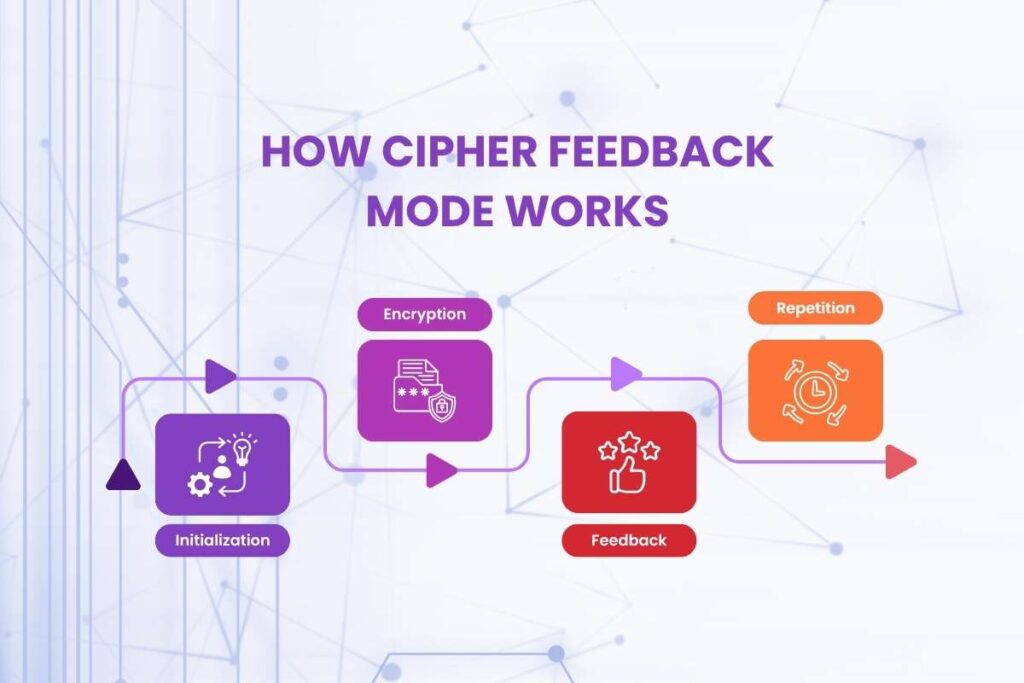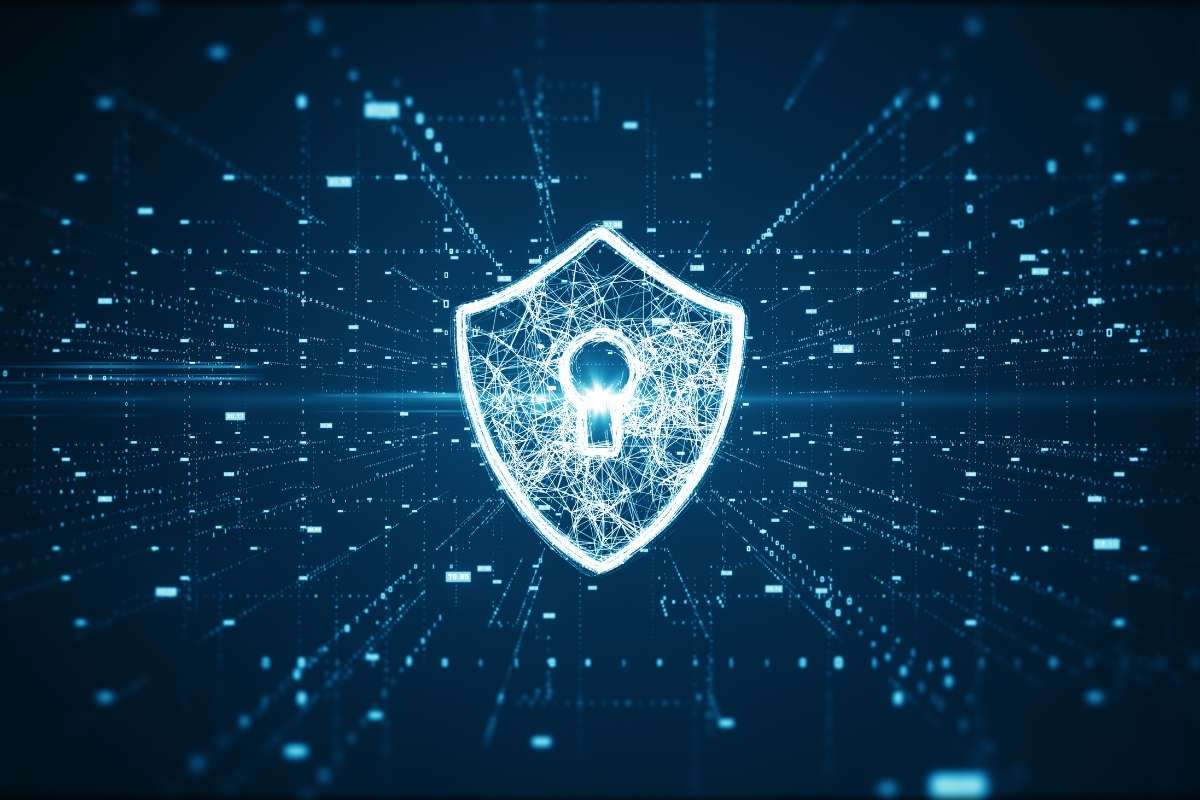Encryption is everywhere, but have you ever stopped to think about how it actually works when you send a message or watch a live video? Most encryption methods handle data in fixed chunks, which can cause delays. But what if the data could be encrypted as it flows, bit by bit, without waiting?
That is exactly what Cipher Feedback mode does. It turns a regular block cipher into something more flexible, letting it work on data one piece at a time. This makes it especially useful for things like streaming video or voice calls where every millisecond counts. Let us take a closer look at how Cipher Feedback mode works and how it keeps our digital lives fast and secure.
✦ What Is CFB Mode?
Cipher Feedback mode, often abbreviated as CFB, is a technique that allows a block cipher to behave like a stream cipher. In simple terms, it enables encryption to take place in smaller chunks, either bit by bit or byte by byte, instead of waiting for a full block of data. This approach makes it suitable for situations where data must be encrypted in real time.
The process begins with an essential element called the initialization vector. This is a random or pseudo-random value used at the start of the encryption process. The initialization vector ensures that even if the same data is encrypted more than once, the final output will be different each time. Cipher Feedback mode uses this value, along with a secret key and a feedback mechanism, to perform continuous encryption.
✦ How Cipher Feedback Mode Works?
To understand the power of Cipher Feedback mode, it helps to look closely at the steps involved in the encryption process.

➣ Initialization
The process starts by encrypting the initialization vector using the secret key. This step generates the first output block. The purpose of this block is to begin the encryption chain with a value that is both random and secure.
➣ Encryption
Next, the encrypted initialization vector is combined with the first block of plain data. This combination takes place using a method called the XOR operation, which stands for exclusive OR. This mathematical process blends the encrypted vector with the plaintext to create the first block of ciphertext.
➣ Feedback
Once the first ciphertext block is generated, it feeds directly into the next encryption cycle. Instead of encrypting the next block of plaintext directly, Cipher Feedback mode encrypts the previous ciphertext block. This feedback system helps maintain a continuous and secure flow of data.
➣ Repetition
The same process repeats for each new block of data. Each ciphertext block becomes the input for the following encryption round. This method transforms a standard block cipher into a stream cipher. It ensures that each part of the data is processed immediately, without waiting for a complete set of blocks.
✦ Importance of Cipher Feedback Mode
Cipher Feedback mode offers several practical benefits that explain its wide adoption in different fields.
- It Converts Block Ciphers into Stream Ciphers
- It Supports Real-Time Encryption
- It Reduces the Impact of Errors
- It Does Not Require Padding
- It Maintains Consistent Security
✦ Where is Cipher Feedback Mode Used?
Cipher Feedback mode plays an important role in several everyday technologies.
➣ Video Streaming

Live video feeds require quick and secure transmission. Cipher Feedback mode makes this possible by encrypting each piece of data as soon as it is created, without introducing delays.
➣ Secure Messaging
Applications that offer private messaging often rely on Cipher Feedback mode to protect the content of each message in real time. This approach keeps communication confidential and responsive.
➣ Online Transactions
Payment platforms and banking systems depend on real-time encryption to protect sensitive information. Cipher Feedback mode helps ensure that data such as card numbers and passwords remain secure during transmission.
➣ Voice Communication

Voice-over-IP services benefit from Cipher Feedback mode by using its continuous encryption to maintain privacy during live calls. It helps prevent unauthorized access to voice data.
Conclusion
Cipher Feedback mode is a reliable and efficient method of real-time encryption. It combines the security of block ciphers with the responsiveness of stream ciphers, making it an ideal choice for a wide range of applications. The use of an initialization vector and a feedback loop allows Cipher Feedback mode to operate continuously and securely, even when data is transmitted in small amounts.
You will find Cipher Feedback mode behind live video platforms, encrypted messages, and online payments. It shows up wherever speed and privacy matter. It does not belong only in theory or in academic papers. It supports the technology people rely on every single day. That is what makes it practical, relevant, and worth understanding.


















